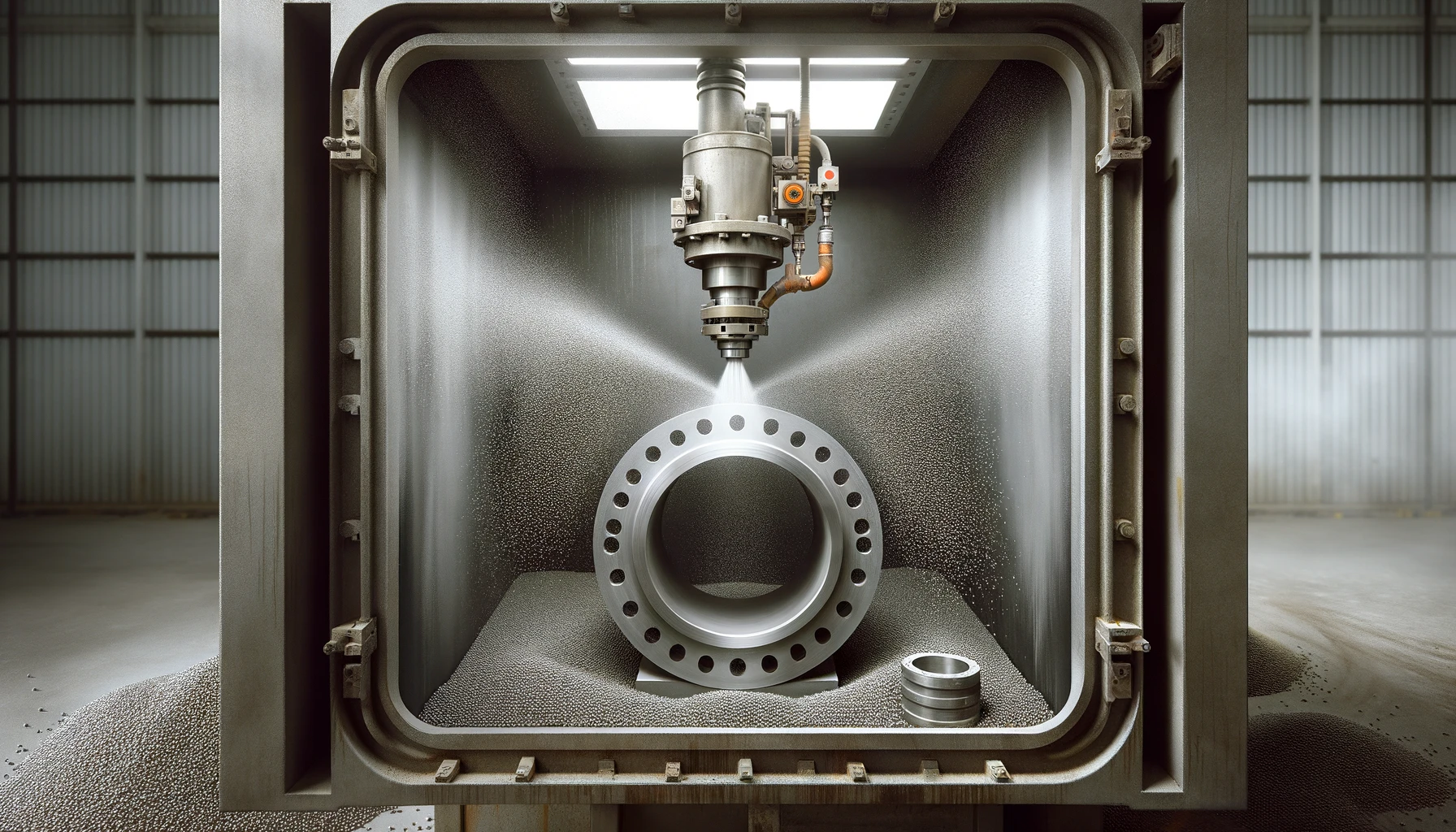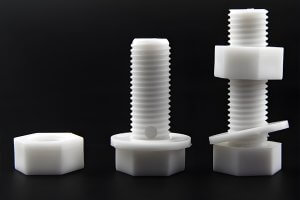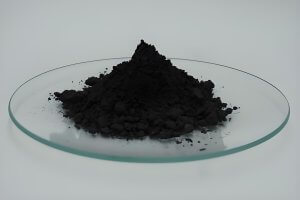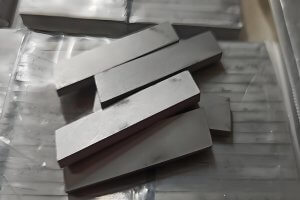Introduction to Stainless Steel CNC Machining and Bead Blasting
Stainless steel’s prominence in manufacturing stems from its exceptional blend of strength, corrosion resistance, and aesthetic appeal. When shaped through CNC (Computer Numerical Control) machining, this material yields parts with unparalleled precision and durability, suitable for demanding applications in medical, aerospace, and food industries, among others. Bead blasting, a key surface finishing technique, plays a crucial role in enhancing these parts. By bombarding the stainless steel surface with fine beads under high pressure, bead blasting effectively removes surface imperfections, resulting in improved texture, appearance, and overall performance characteristics. This introductory section sets the stage for a deeper exploration into how stainless steel CNC machining and bead blasting converge to produce superior quality parts.
Key Properties of Stainless Steel Affecting Bead Blasting
Stainless steel is characterized by its hardness, ductility, and ability to work harden. These properties significantly influence how bead blasting should be approached. Hardness determines the resistance of the material to deformation or penetration, impacting the choice of bead material and blasting parameters. Ductility, or the ability to deform under tensile stress, plays a role in how the surface responds to the impact of beads. Work hardening, a phenomenon where the material becomes harder and more brittle under mechanical working, poses a challenge during bead blasting, as excessive work hardening can lead to surface cracks or fractures.
Stainless Steel Properties Table:
| Property | Description | Impact on Blasting |
|---|---|---|
| Hardness | Resistance to deformation or penetration | Determines bead material and blasting pressure |
| Ductility | Ability to deform under tensile stress | Influences surface finish and risk of deformation |
| Work Hardening | Increase in hardness and brittleness due to mechanical working | Requires careful control of blasting intensity |
| Corrosion Resistance | Resistance to tarnishing and rust | Ensures longevity of the blasted finish |
| Thermal Conductivity | Ability to conduct heat | Affects cooling rates and stress distribution |
| Magnetic Response | Magnetic properties depending on the alloy | May influence bead material choice |
Understanding these properties is essential for optimizing bead blasting practices to ensure that the process enhances the material’s inherent qualities without introducing defects.
Step-by-Step Guide: Bead Blasting Process in CNC Machining
The bead blasting process in CNC machining of stainless steel parts is meticulously structured to ensure optimal surface finishes:
- Preparation: Thoroughly clean the stainless steel part to remove oils, dust, and any contaminants that could affect the blasting outcome.
- Selection of Blasting Media: Choose the bead material and size. Glass beads are popular for a satin finish, while ceramic beads may be chosen for more aggressive surface conditioning.
- Blasting Parameters Setup: Carefully set the blasting pressure, media velocity, nozzle angle, and distance based on the desired finish and the part’s specific geometry.
- Blasting Execution: Conduct the bead blasting in a controlled manner, ensuring uniform coverage across the part’s surface to achieve the desired texture.
- Post-Blasting Inspection and Cleaning: Inspect the part for uniformity and quality of the finish. Clean the part to remove any residual media or dust.
Each step requires attention to detail and precision to ensure the desired outcome, from the initial cleaning to the final inspection.
Selecting the Right Beads for Stainless Steel Machining
The choice of beads is pivotal in achieving the desired finish on stainless steel parts. Factors to consider include bead material, size, and shape, each affecting the surface finish in different ways.
Bead Selection Data Table:
| Bead Type | Size (μm) | Application | Finish Quality |
|---|---|---|---|
| Glass Beads | 50-100 | General surface cleaning and finishing | Smooth, satin finish |
| 100-200 | Light deburring and cleaning | Fine, uniform texture | |
| Ceramic Beads | 100-200 | Aggressive surface conditioning | Rough, matte finish |
| 200-300 | Heavy deburring and surface preparation | Coarse, textured finish | |
| Steel Beads | 100-200 | Heavy-duty cleaning and rust removal | Bright, polished finish |
| 200-300 | Intensive deburring and surface prep | Rough, ready-to-paint surface | |
| Plastic Beads | 100-200 | Delicate parts and fine finishes | Very smooth, delicate finish |
| 200-300 | Light cleaning and polishing | Glossy, refined finish | |
| Walnut Shells | 100-200 | Soft substrates and light cleaning | Soft, natural finish |
| 200-300 | Medium cleaning without substrate damage | Gentle, eco-friendly finish |
Selecting the right beads involves balancing the need for effective surface treatment with the requirement to preserve the integrity and aesthetics of the stainless steel part.
Technical Hurdles in Bead Blasting Stainless Steel Parts
Bead blasting stainless steel parts entails several technical challenges that must be adeptly managed:
- Surface Contamination: Ensuring that the blasting media does not contaminate the surface, which could lead to corrosion or other material degradation.
- Uniform Finish: Achieving a consistent finish across complex geometries and varying surface profiles.
- Media Embedment: Preventing blasting media from becoming embedded in the stainless steel surface, which could affect material properties and part performance.
Overcoming these challenges requires a comprehensive understanding of the bead blasting process, including the interplay between blasting parameters and stainless steel properties.
Adjusting Bead Blasting Parameters for Optimal Results
Fine-tuning bead blasting parameters is essential for achieving the best possible finish on stainless steel parts. Parameters such as blasting pressure, media velocity, and nozzle position must be adjusted based on the specific requirements of the part and the desired finish.
Blasting Parameter Adjustment Table:
| Parameter | Adjustment Range | Impact on Finish |
|---|---|---|
| Blasting Pressure (PSI) | 20-60 | Higher pressures increase surface roughness |
| Media Velocity (ft/s) | 200-400 | Higher velocities can lead to a smoother finish |
| Nozzle Distance (inches) | 6-12 | Closer distances increase the impact force, affecting surface texture |
| Nozzle Angle (degrees) | 45-90 | Acute angles are gentler on the surface, while perpendicular angles are more aggressive |
| Media Flow Rate (lbs/hr) | 10-50 | Higher flow rates increase the rate of surface treatment |
Adjusting these parameters allows for precise control over the bead blasting process, enabling the achievement of the desired surface finish while minimizing the risk of damaging the part.
Ensuring Uniformity and Quality in Bead Blasted Finishes
Uniformity and quality are paramount in bead-blasted finishes, especially for parts used in critical applications. Achieving this requires not only precise control over the blasting parameters but also a commitment to quality at every stage of the process.
- Regular Equipment Maintenance: Ensuring that blasting equipment is in optimal condition to deliver consistent performance.
- Process Standardization: Developing standardized blasting procedures to minimize variability in the process.
- Quality Control Measures: Implementing rigorous inspection protocols, including visual inspections and surface roughness measurements, to verify the uniformity and quality of the finish.
Maintaining a high standard of quality in bead-blasted finishes is a testament to the meticulous planning, execution, and inspection that defines the bead blasting process.
Troubleshooting Common Issues in Bead Blasting of CNC Parts
Common issues in bead blasting, such as uneven finishes, surface contamination, and media embedment, often stem from improper blasting parameters or media selection. Troubleshooting these issues involves a systematic approach:
- Review Blasting Parameters: Ensure that pressure, velocity, and nozzle settings are appropriate for the part and material.
- Inspect Blasting Media: Check for contamination, wear, or incorrect media type, which could affect the finish.
- Evaluate Part Positioning: Adjust the part’s orientation to ensure even exposure to the blasting media.
Addressing these issues promptly and effectively is key to maintaining the integrity and aesthetic of bead-blasted stainless steel CNC parts.
Other Articles You Might Enjoy
- Innovative CNC Machining for Complex Surgical Tools
Introduction to CNC Machining and its Significance in Surgical Tools Manufacturing CNC machining, an acronym for Computer Numerical Control machining, plays a significant role in the manufacturing world. Being an…
- Innovative CNC Machining for Advanced Spacecraft Components
Introduction: CNC Machining and its role in Spacecraft Components Computer Numerical Control (CNC) machining has, over the years, proven to be one of the most integral pillars within manufacturing industries.…
- Ceramic Tooling in CNC Machining: Breaking the Myths About Durability and Performance?
CNC Machining and Ceramic Tooling: Busting the Myths Computer Numerical Control (CNC) machining is an advanced method of manufacturing where pre-programmed software controls the movement of factory machinery, giving intricate…






